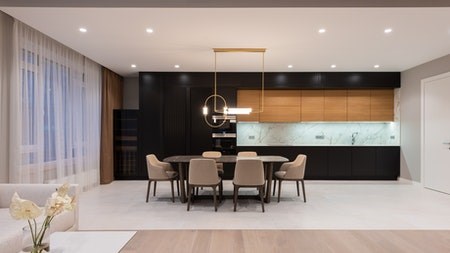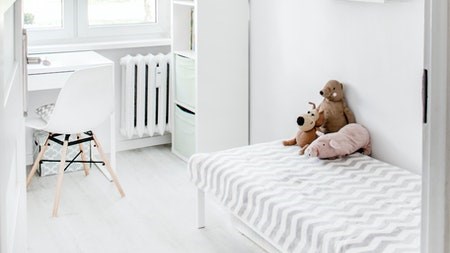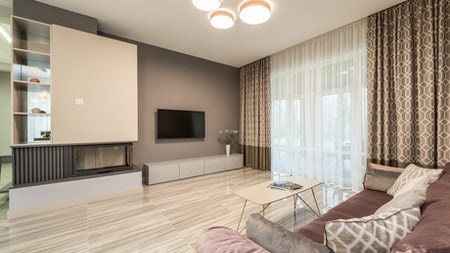In addition to considering the capital cost of buying a home, buyers are increasingly looking for homes with the lowest possible running costs. With constantly rising energy and water costs, home buyers are starting to insist on eco-friendly, energy-efficient homes.
For more than a decade, builders in South Africa have had to comply with SANS standard 10400-XA building standards, which is a step in the right direction.
For any building to receive a certificate of occupancy, every professional involved - from the designer to the builder - needs to have complied with these standards.
These don’t entail using only high-tech solutions but include orientation of the home on the site and the choice of building materials.
Specifications include:
- The use of high-quality roofing insulation such as polystyrene ceiling boards, roll-on glass wool insulation, or blankets.
- All hot water pipework must be insulated to a minimum level of thermal resistance.
- Window building specifications prescribing the window area in relation to the net floor area. This allows more natural light and reduces heat losses, lessening the need for energy-hungry lighting and heating methods.
Design
Energy-efficient homes focus on thermal-passive design, which builds in insulation and orientation. In South Africa, this means homes should be north-facing to maximise light and heat in winter.
The ideal site should be level with unobstructed sunlight and little exposure to the weather. It also has to be located close to shopping and recreation facilities, public transport and schools, to minimise carbon footprint.
The building should be oriented to take the best advantage of seasonal sun angles, for passive heating and cooling and maximum solar energy production. For solar panels, a direct northern roof orientation is preferable.
Although few sites will be perfect, choosing the best available site will pay off in lower construction and running costs - and better living.
Solar
With sunlight being plentiful, in South Africa, it makes sense to look at solar technology for an efficient energy supply. Although the installation costs are higher than conventional power supply, they are now within reach for middle-income earners. Costs can usually be recouped within five to seven years, making solar power far more feasible than in the past.
A solar energy contractor can perform a site analysis to be sure that sufficient sunlight is available on the wall or roof surfaces and will be able to suggest the optimal orientation and size of the solar surfaces.
- An accurate energy model will enable you to determine the optimal size of the photovoltaic system to meet the energy needs of the home.
- Check that there is adequate roof area with the proper tilt and orientation to supply sufficient energy.
- Make sure that chimneys, plumbing vents, and other roof protrusions are located away from the roof area planned for solar panels.
Appliances
To ensure the minimum need for energy, it’s important to specify the installation of appliances such as fridges, freezers, ovens, washing machines, tumble driers, and dishwashers that comply with the Minimum Energy Performance Standards (MEPS).
The Standards and Labelling (S&L) programme implemented by the Department of Energy, places energy labels on appliances that provide consumers with accurate and comparable information on their energy efficiency. The Appliance Energy Calculator app is designed to help consumers estimate the running costs of various appliances before making a purchase.
Costs
Attending to these energy performance details throughout the project, from start to finish, will help to keep construction costs low. Many of the technologies can also be retrofitted to existing homes, transforming them from energy-hungry to energy-efficient. Previously, the cost of retrofitting was recoverable over 20 years, but this has now dropped to five to seven years, making energy efficiency more achievable for existing homes.



